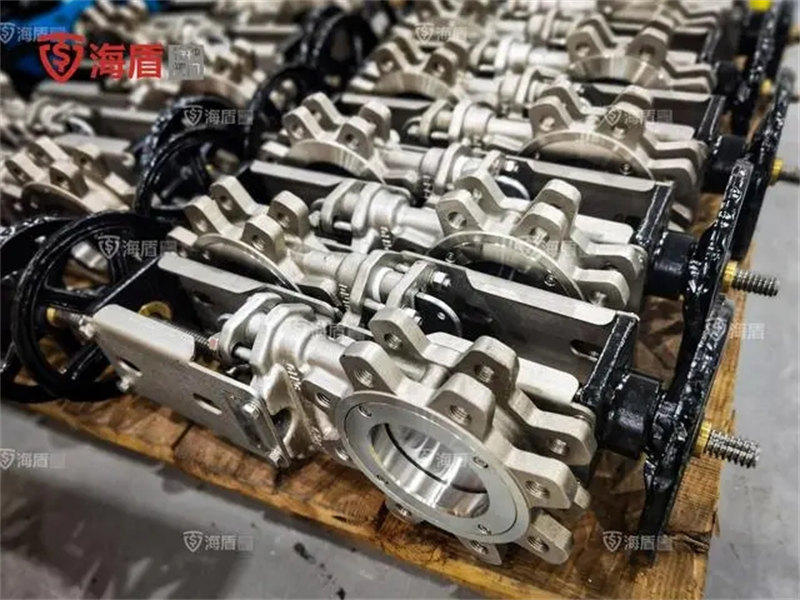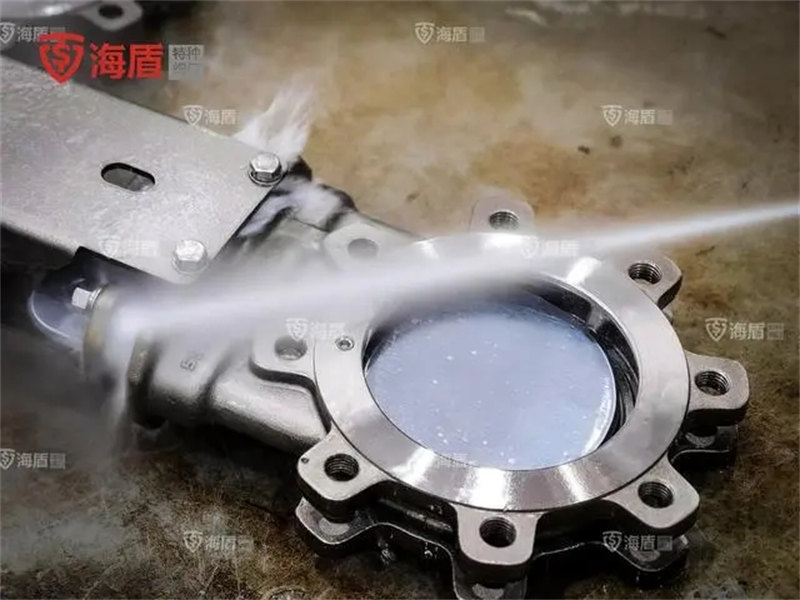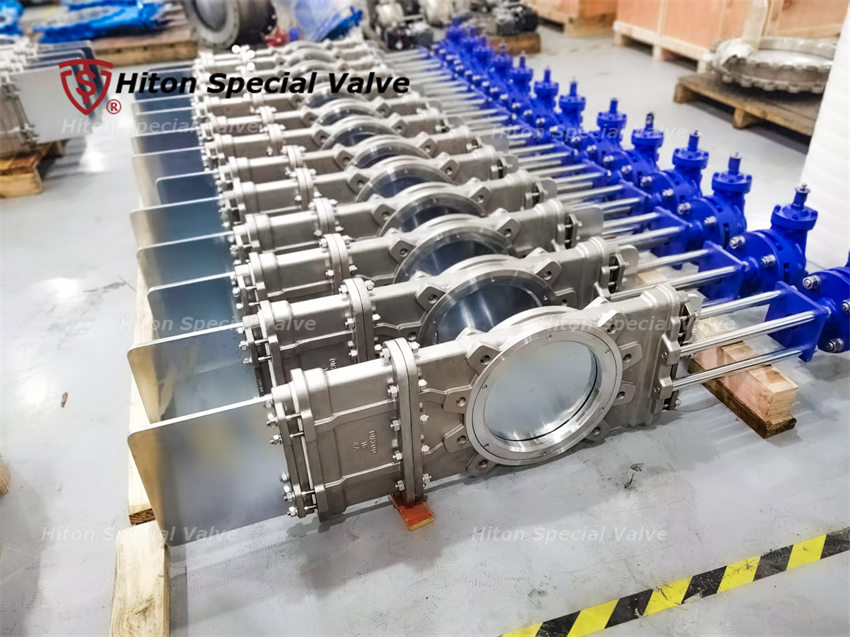A knife gate valve is a type of valve used to cut off or regulate the flow of fluids in a pipeline, and preventing leakage is one of its crucial functions. Here are some methods to prevent leakage in a knife gate valve:

Effective Sealing Design: Knife gate valves should have an effective sealing design, including seals between the valve core and the seat, as well as between the valve stem and the bonnet.
Precision Machining and Assembly: Ensure that the components of the knife gate valve are precisely machined and correctly assembled to guarantee the valve's sealing performance.
Regular Maintenance: Periodically inspect all parts of the knife gate valve, especially the valve core and seat, to ensure they are not worn or damaged.
Use of Sealing Packing: Employ sealing packing between the valve stem and bonnet to prevent media from leaking through the stem.

Emergency Shut-off Devices: Use emergency shut-off devices to quickly close the valve when needed to prevent the leakage situation from worsening.
Inspection and Testing: Regularly perform leakage checks and performance tests on the valve to ensure its reliability and safety.
Additional Leak Prevention Measures: In specific working environments, consider using additional leak prevention devices such as sealing packing, leak-proof sleeves, etc.

The above methods are some common practices to prevent leakage in knife gate valves. However, specific leak prevention measures may also be influenced by factors such as the working environment, media properties, and the type of valve used. Therefore, it is necessary to implement suitable measures based on the specific circumstances in practical applications.



















